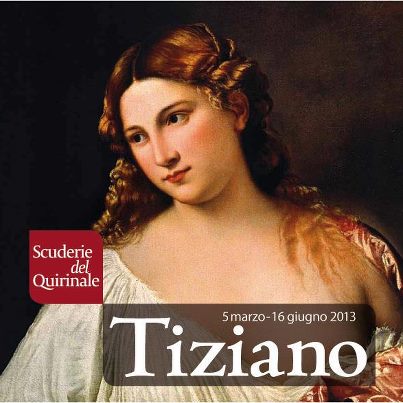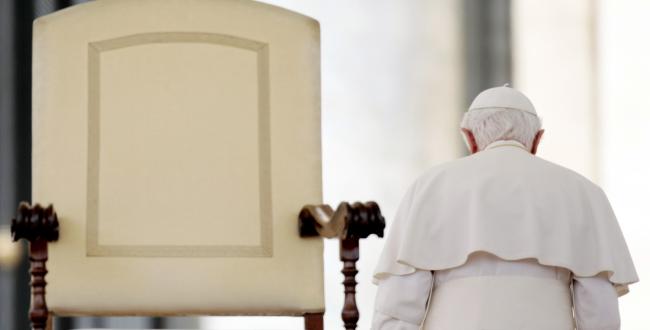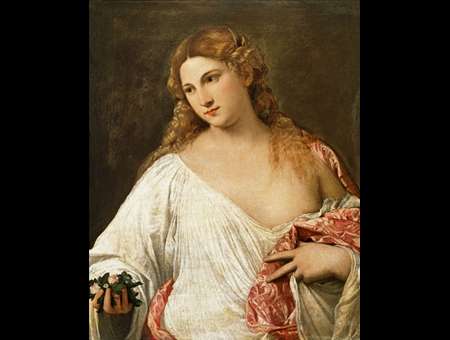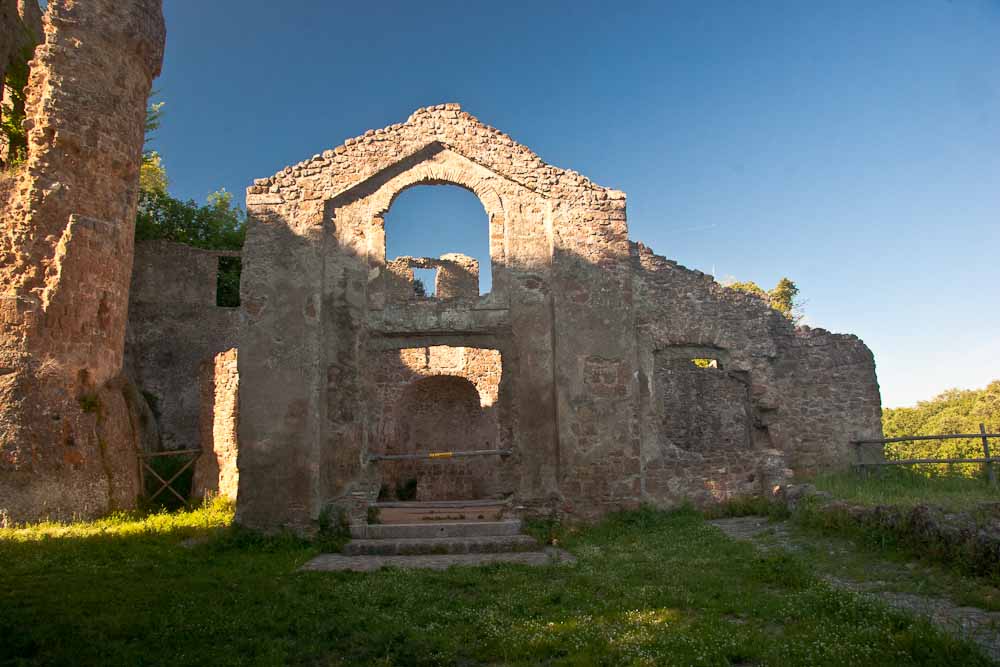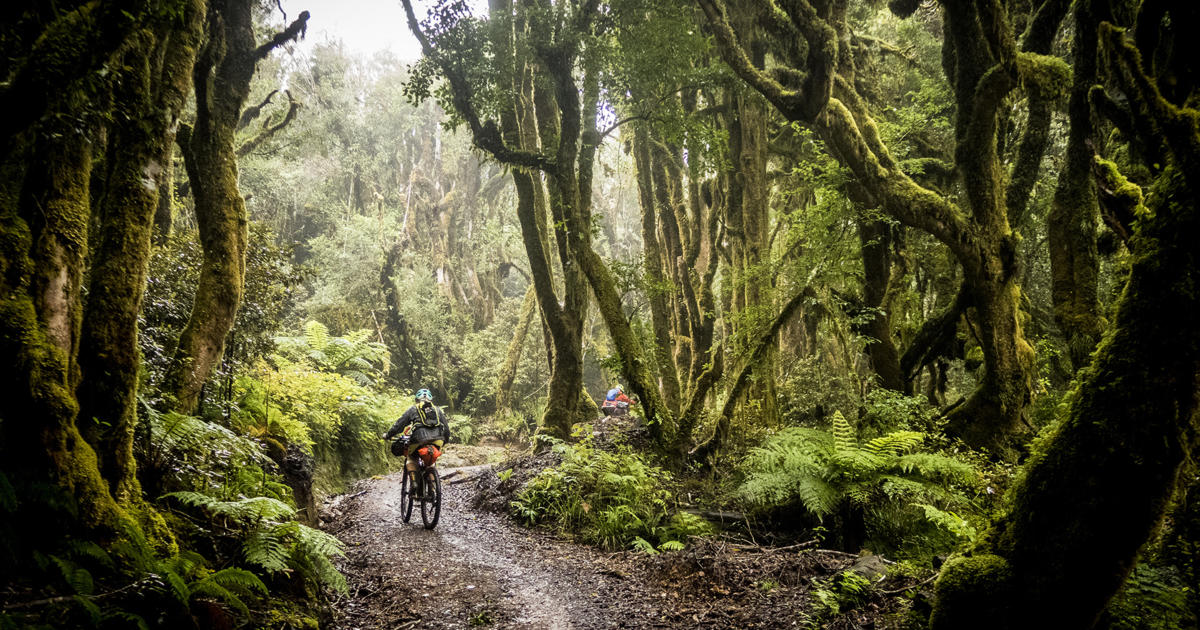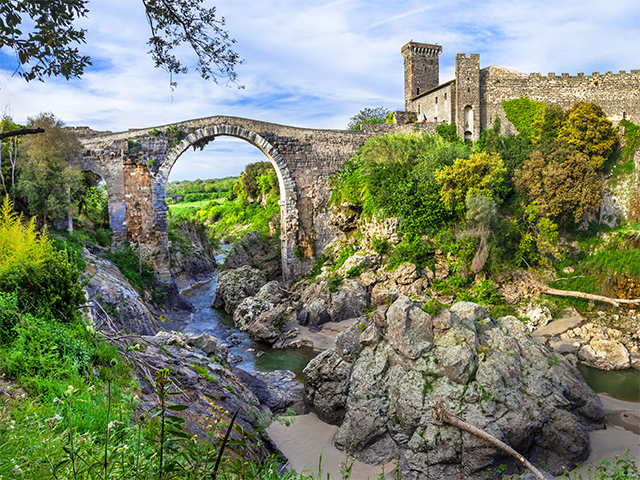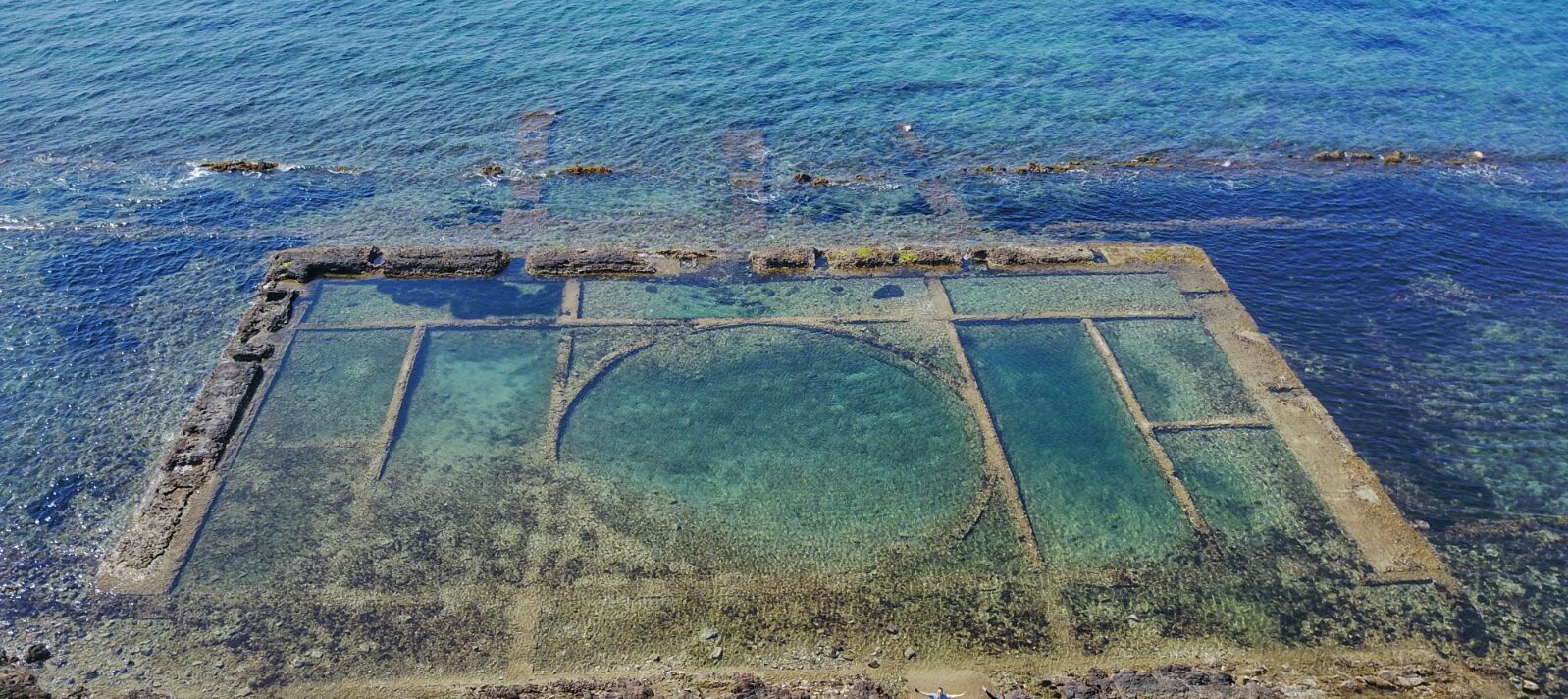Breadcrumbs
Blog
- Details
- News
Vatican City, 30 March 2013 (VIS) – From 5:15pm until 6:40 this afternoon, there will be an extraordinary exposition of the Holy Shroud in the Cathedral of Turin, Italy. The initiative is part of the Year of Faith that was proclaimed by Pope Benedict XVI and will be broadcast by the Italian television channel, RAI1.
Read more: Pope:"I join all of you gathered before the Holy Shroud"
- Details
- News
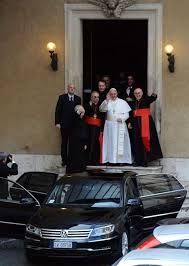
Pope Francis, elected in the conclave Wednesday evening, made his first and officially unscheduled visit to the Rome Basilica of Saint Mary Major early Thursday, surprising residents and children on their way to a nearby school.
The Pope was accompanied by Prefect of the Papal Household, Msgr. George Gaenswein and Vice Prefect Leonardo Sapienza.
In his address to the tens of thousands of people gathered in Saint Peter’s Square for his election Wednesday evening, Pope Francis called for prayers to Our Lady and said he was going to “go pray to the Madonna so that she may protect Rome”.
Pope Francis remained about half an hour in prayer at the basilica’s altar of the Virgin Mary. The Basilica is one of Rome’s most important Marian shrines.
- Details
- News
The Concert and La Bella from Palazzo Pitti, Flora from the Uffizi, the Gozzi Altarpiece from Ancona, Danaë and the Shower of Gold from Capodimonte, Charles V with a Dog and theSelf-portrait from the Prado, or the Flaying of Marsyas from Kromeriz are some of the most celebrated works of the great Venetian painter Titian (Pieve di Cadore, circa 1485 - Venice, 1576). These and many more are to go on display at the Quirinale in an exhibition designed to stand as the ideal conclusion to the sweeping overview of Venetian painting and the debate on the crucial role that it played in the renewal of culture in Italy and in Europe, promoted by the Scuderie del Quirinale in an analysis of the work of the leading players in the modern revolution in painting, from Antonello da Messina to Giovanni Bellini, Lorenzo Lotto and Tintoretto, of which Titian is the last and loftiest witness in his role as the European artist par excellence.
- Details
- News
Please alloow Zeffirelli, Monica Bellucci and Bocelli be of true inspiration for those that have never been on a holiday to Rome and for those whishing to return one more time.
- Details
- News
Pope Benedict XVI is to step down as head of the Catholic church at the end of this month, the Vatican has announced. The move, which came without warning, will take place on February 28th 2013 and leave the papacy vacant until a successor is chosen. The pope announced his decision in Latin on Monday, February 11th during a meeting of cardinals. He informed them of "a decision of great importance for the life of the church". According to a Vatican statement, Benedict, 85, said he was resigning due to his age and declining strength.
Below please find his annoucenment:
- Details
- News
Tiziano’, Scuderie del Quirinale, Rome
March 1st – June 16th 2013
Eagerly awaited, this exhibition is one of the grandest to grace Rome in recent years and pulls in masterpieces from across the globe: ‘Concert’ and ‘La Bella’ from the Palazzo Pitti in Florence, Flora (above) from the the Uffizi, the Gozzi Altarpiece from Ancona, Danaë and the Shower of Gold from Capodimonte, Charles V with a Dog and the Self-portrait from the Prado.
- Details
- News
L’Età dell’Equilibrio. Traiano, Adriano, Antonino Pio, Marco Aurelio” (The Age of Balance. Trajan, Hadrian, Antoninus Pius, Marcus Aurelius), a five year exhibition project dedicated to the timeless story of Rome, from the Republican Era to Late Antiquity.
Read more: The Age of Balance Trajan, Hadrian, Antoninus Pius, Marcus Aurelius
- Details
- News
- Details
- News
From 22nd November 2012 until 6th January 2013 a visit to Rome can be completed with an unforgettable experience that will get you completely absorbed in the atmosphere of Christmas in the Eternal City. We’re talking about the exhibition 100 Presepi: a journey through crafts, traditional art and spirituality.
The show is an exhibition of 100 Nativity Scenes born in 1976 and, by now, established as an international Christmas event. To the fascinating and evocative installations on the theme of the Nativity is dedicated a space of exception, that will make its effect: the Sale del Bramante, in the basilica of Santa Maria del Popolo, Piazza del Popolo. The three rooms that were the famous Renaissance architect’s studio.
The opening time to visit the exhibition 100 Presepi 2012-2013 ranges from 9.30 to 20.00, for the whole duration of the exhibition. The cost of the full ticket is € 7.50. Over 65 ticket cost is € 6.50, while children under 10 years are charged € 5.50. For group visits (minimum 25 persons) there is a special ticket, but reservations is required.
The exhibition 100 Presepi 2012-2013 is one more reason to spend Christmas in Rome and discover this amazing city festively decorated.
- Details
- News
The exhibition “The Weapons of the Romans” is developed on the two levels of the Museo delle Mura di Porta San Sebastiano.
Models and findings are on display on the first floor of the Museo delle Mura. This floor will also display military helmets of the end of the first century AD and the beginning of the second, with particular reference to the period of Trajan and Marcus Aurelius.
In the right tower leading figures from various periods of the Roman army from the end of the first century AD until the fourth century will be compared.
In smaller windows, are on display the famous bronze gladiator helmets, used in ceremony or parades, before the munera.
Tuesday-Sunday: 9.00 am - 2.00 pm;
Monday: closed;
Last admission 1/2 hour before closing time.
Adults: € 6,50
Concessions: € 5,50
Roman Citizens only (by showing a vaild ID):
- Adults: € 4,00
- Concessions: € 3,00
Free of charge for visitors provided for by the current legislation.





